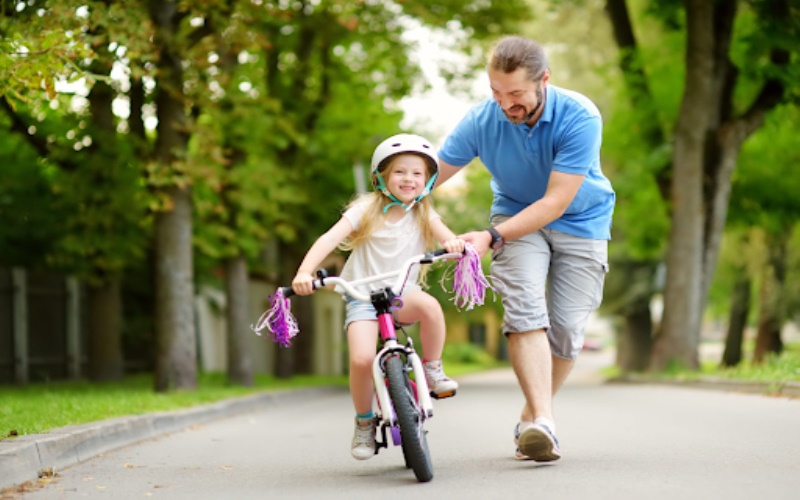Learning to ride a bike is a milestone in many children’s lives, including those with special needs. With advancements in custom made ride on toys, teaching bike riding to children with special needs has become more accessible and enjoyable. These custom ride on toys can be tailored to meet individual needs, providing a unique opportunity for all children to experience the joy and freedom of cycling. This article offers guidance on how to effectively teach bike riding to children with special needs.
Understanding Individual Needs
The first step in teaching bike riding to children with special needs is understanding their individual physical and cognitive abilities. Custom made ride on toys can be designed to accommodate a wide range of needs, such as balance issues, coordination difficulties, or sensory processing disorders. It’s essential to choose a bike that aligns with the child’s specific requirements.
Choosing the Right Equipment
Selecting the right bike is crucial for a successful learning experience. Custom made ride on toys come in various designs, including three-wheeled bikes for added stability or bikes with special support features. Ensure that the bike is the correct size and that the child feels comfortable and secure.
Creating a Supportive Environment
A supportive and encouraging environment is key to learning. Choose a safe, quiet area for practice, free from distractions and hazards. This allows the child to focus on learning without unnecessary stress or fear.
Breaking Down the Process
Teaching bike riding should be a gradual process, broken down into manageable steps. Start with basic skills like sitting on the bike, holding the handlebars, and understanding the brakes. Gradually move on to more complex tasks, such as pedaling and steering. Using custom ride on toys can make this process more engaging and less intimidating.
Using Adaptive Teaching Methods
Adaptive teaching methods can be highly effective. This may include visual aids, verbal cues, or hands-on guidance. Custom made ride on toys often have features that can assist in these teaching methods, such as adjustable components and easy-to-use controls.
Encouraging Independence
While it’s important to provide support, fostering independence is equally crucial. Encourage the child to make decisions, such as choosing when to start and stop, and praise their efforts and progress. This builds confidence and a sense of accomplishment.
Safety Considerations
Safety is always a priority. Ensure that the child wears appropriate safety gear, such as a helmet, knee pads, and elbow pads. Regularly check the bike, especially custom ride on toys, to ensure they are in good working condition.
Incorporating Fun into Learning
Make the learning process fun. Use games and activities to teach different skills. For example, setting up a simple obstacle course can make practicing steering and control more enjoyable.
Involving Family and Peers
Involvement of family members and peers can be beneficial. It provides social interaction and an opportunity for the child to learn in a group setting, which can be both motivating and reassuring.
Patience and Positive Reinforcement
Above all, patience and positive reinforcement are crucial. Celebrate small achievements and maintain a positive and encouraging tone throughout the learning process. This helps build the child’s confidence and eagerness to learn.
In conclusion, teaching bike riding to children with special needs can be a rewarding experience for both the child and the instructor. With the right approach and the use of custom made ride on toys, it is possible to provide a fun, safe, and empowering learning experience. Custom ride on toys offer the flexibility and support needed to accommodate individual needs, ensuring that every child has the opportunity to enjoy the freedom and joy of riding a bike.





